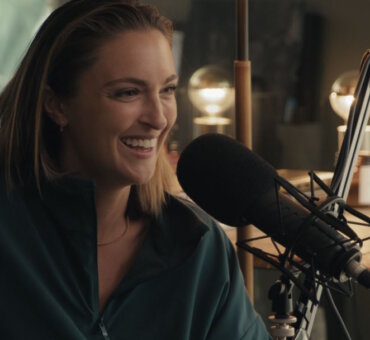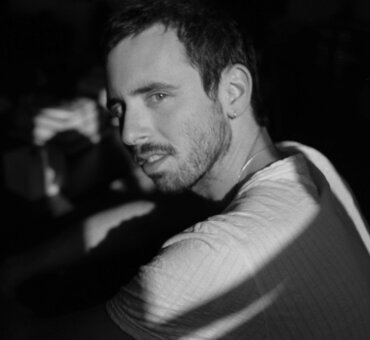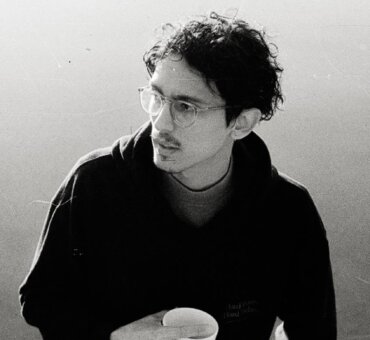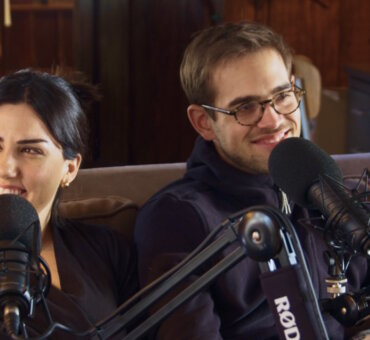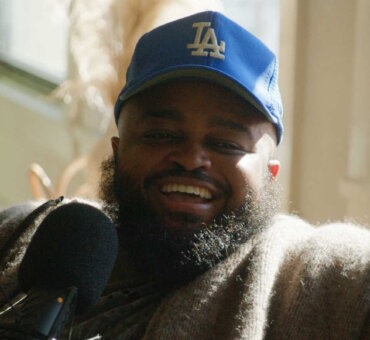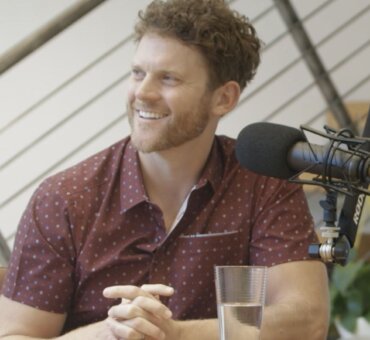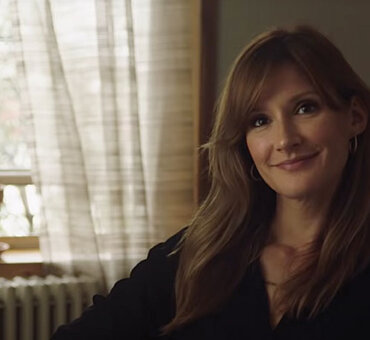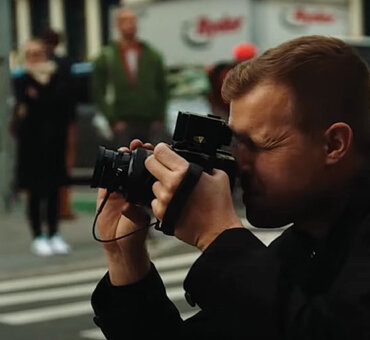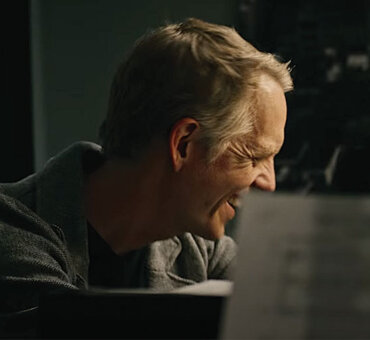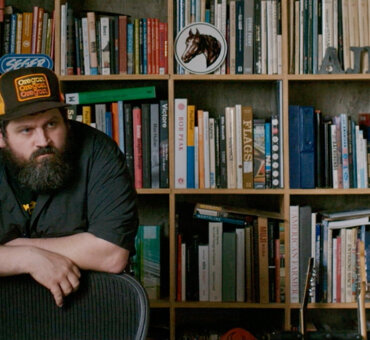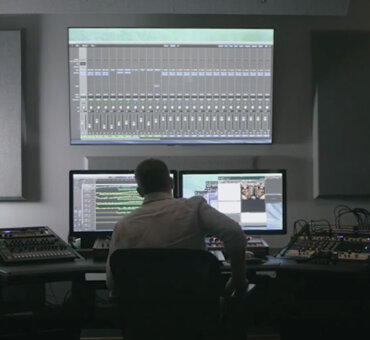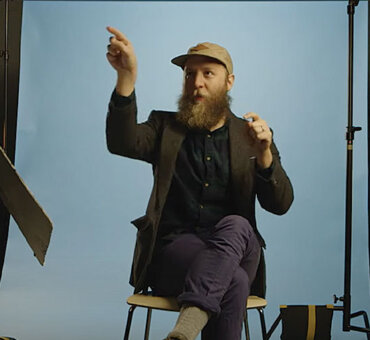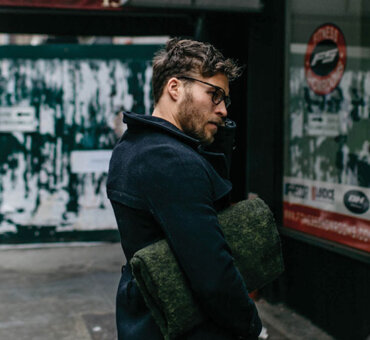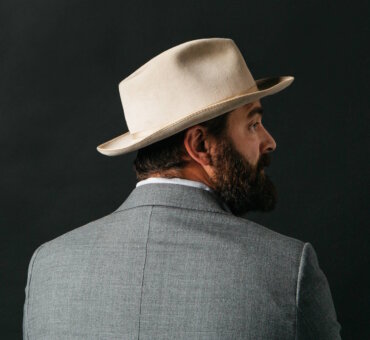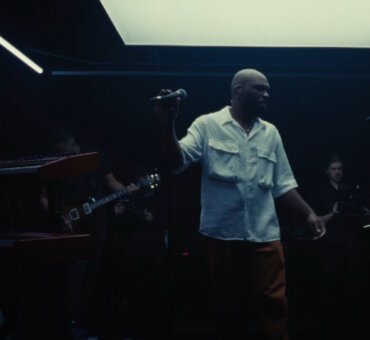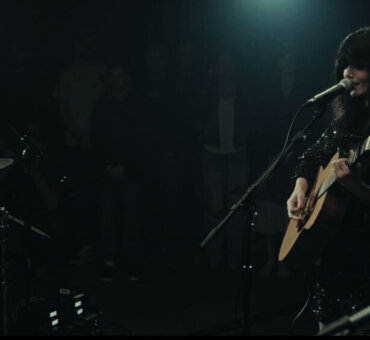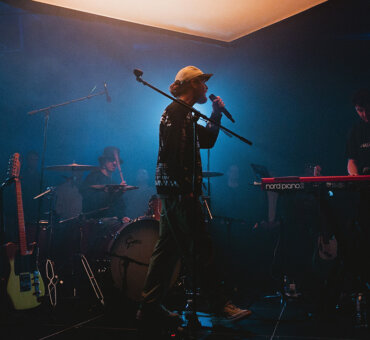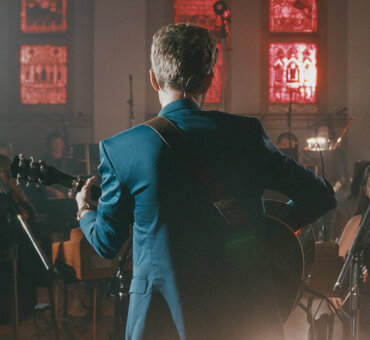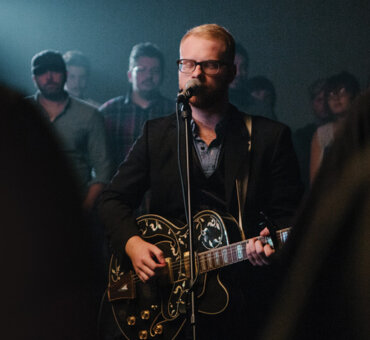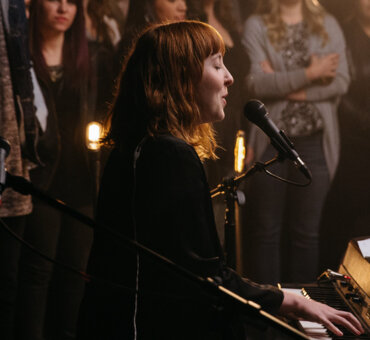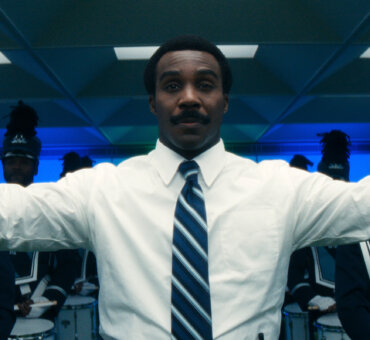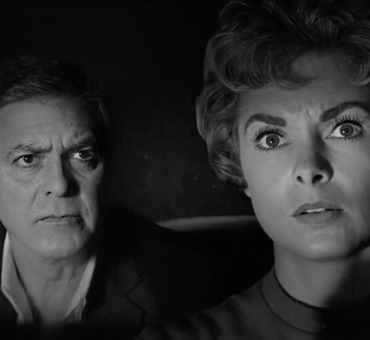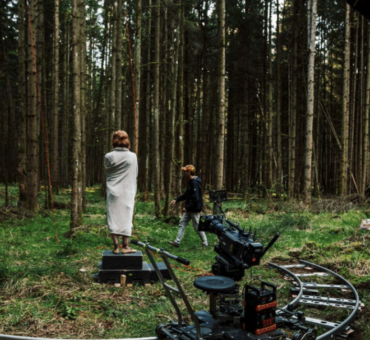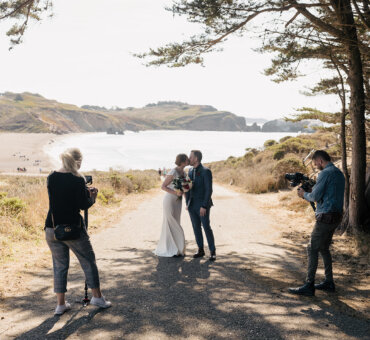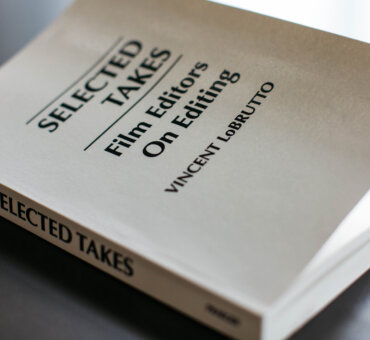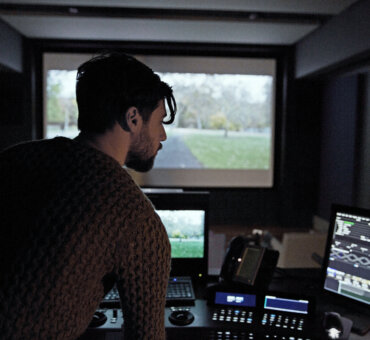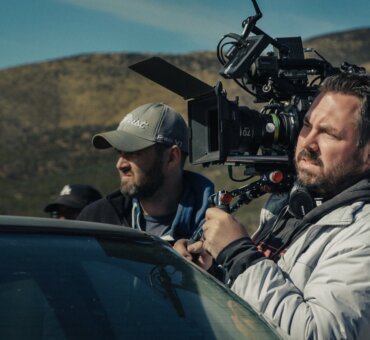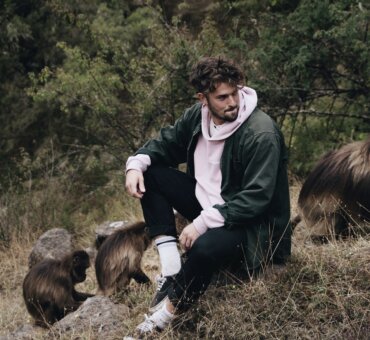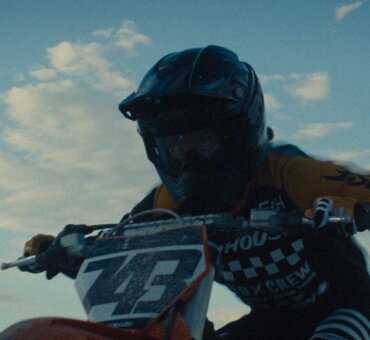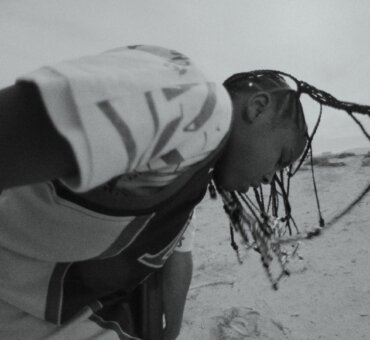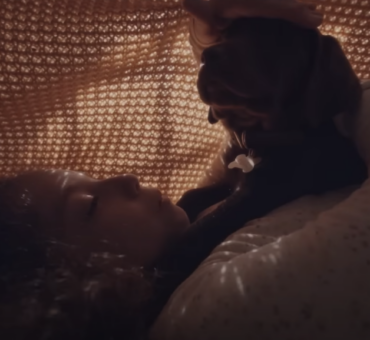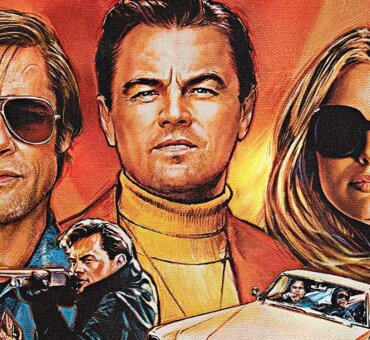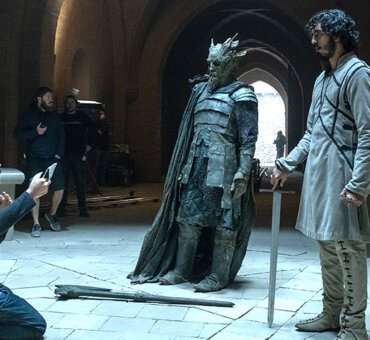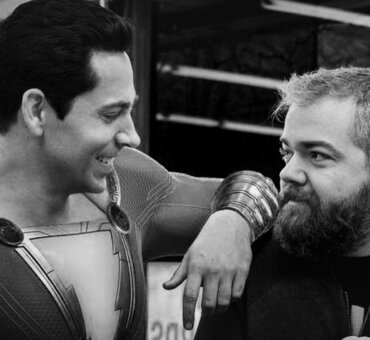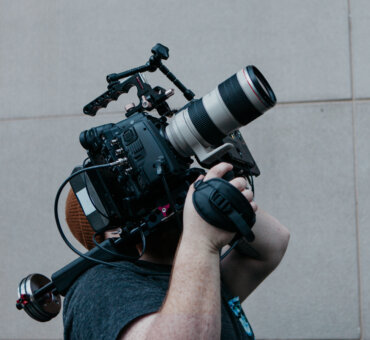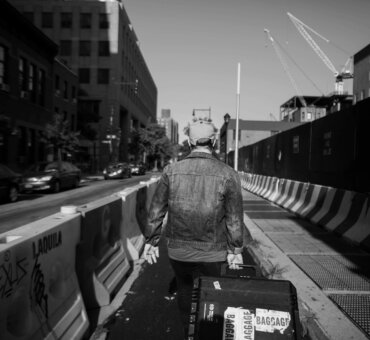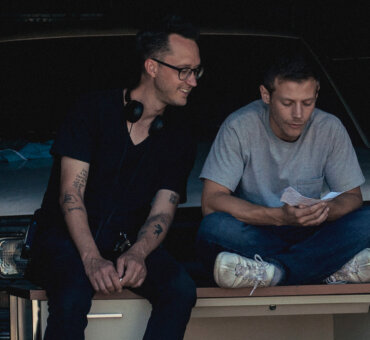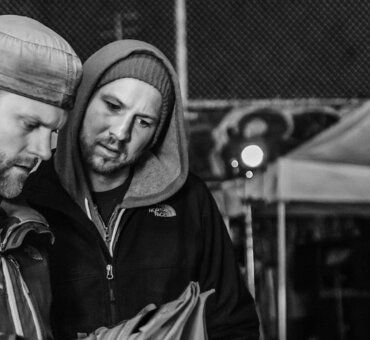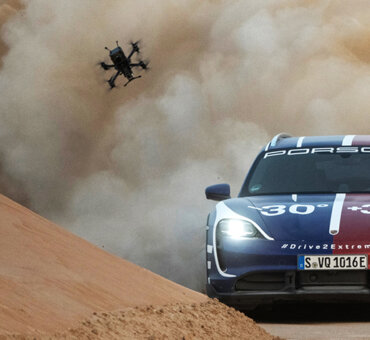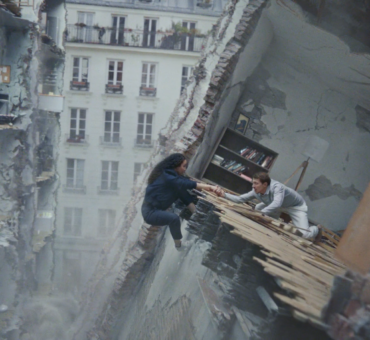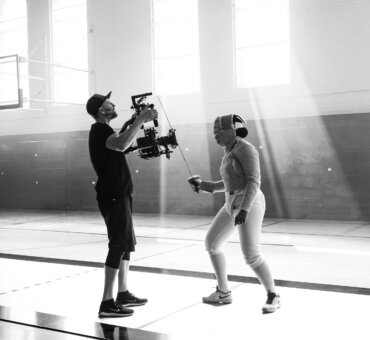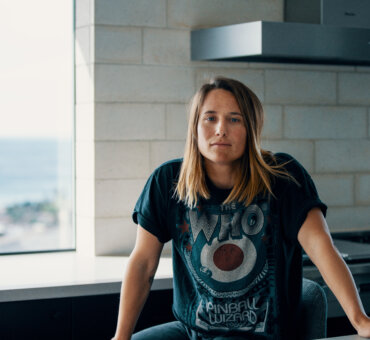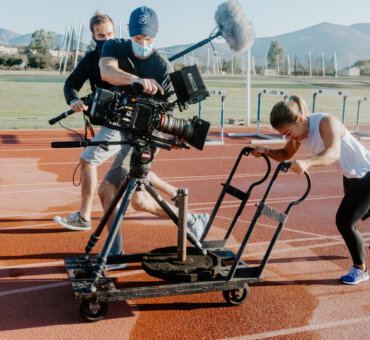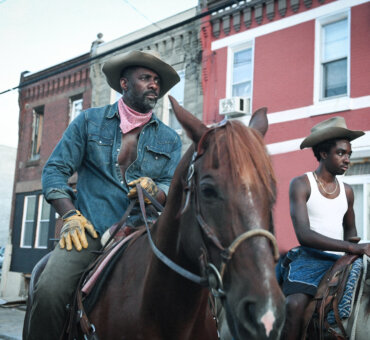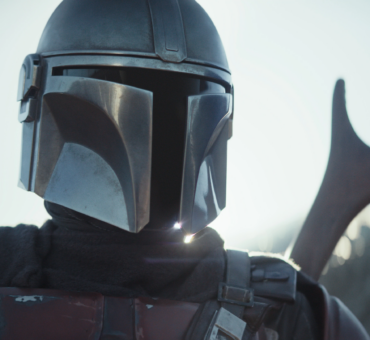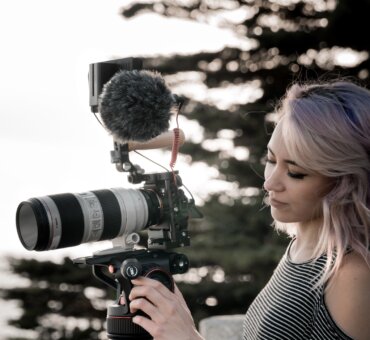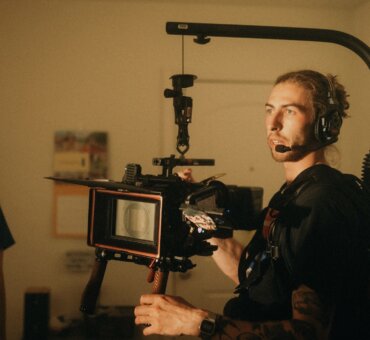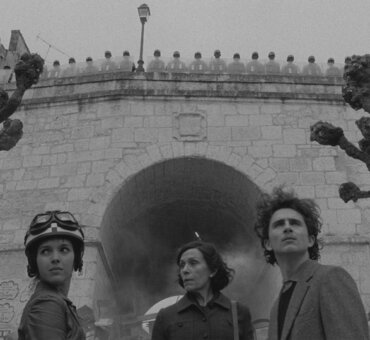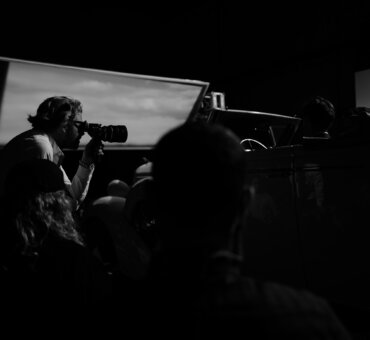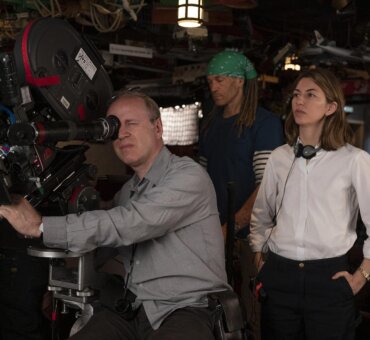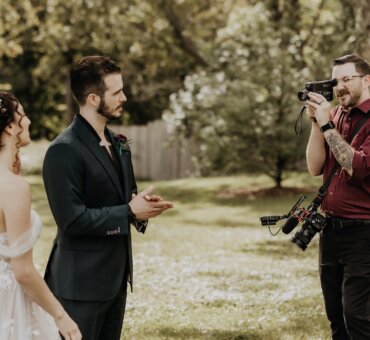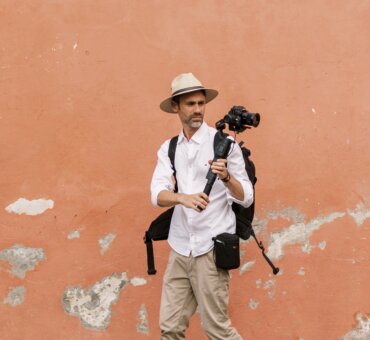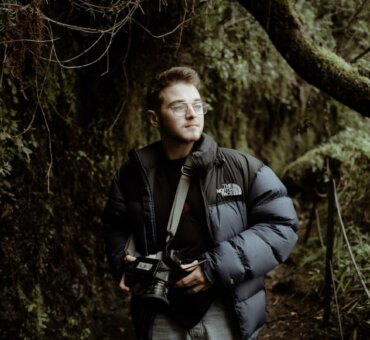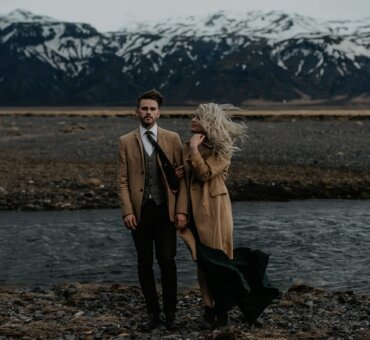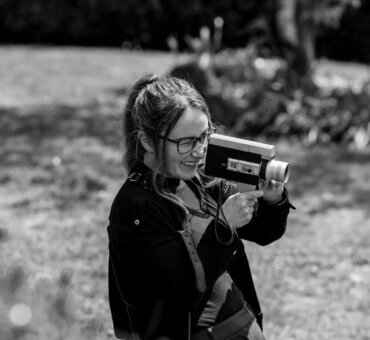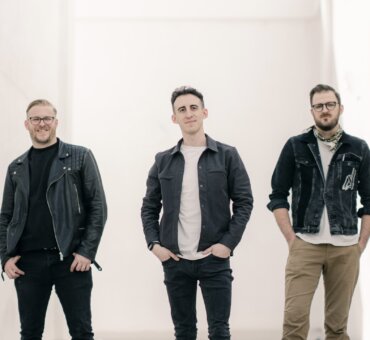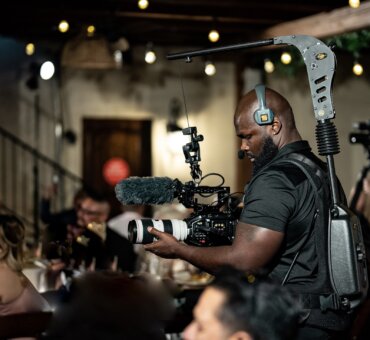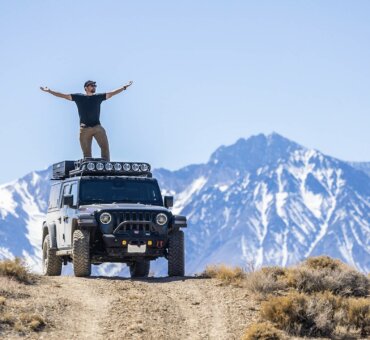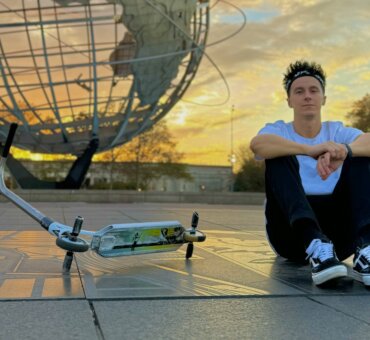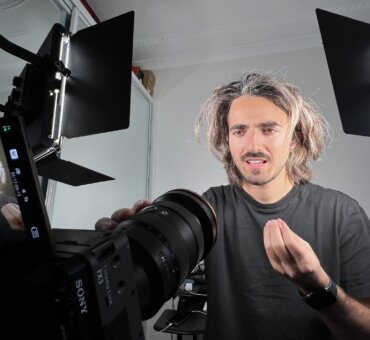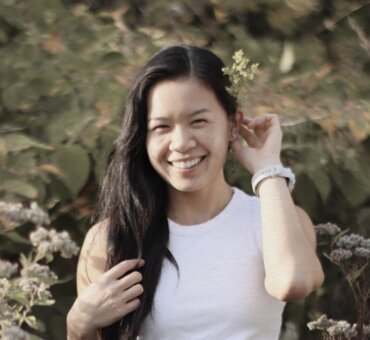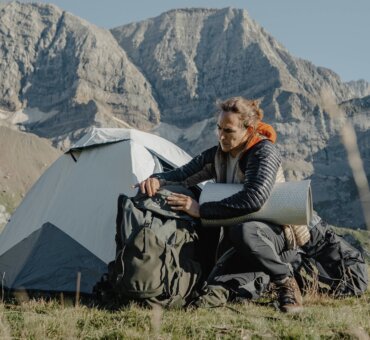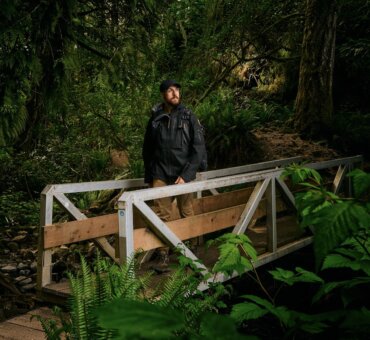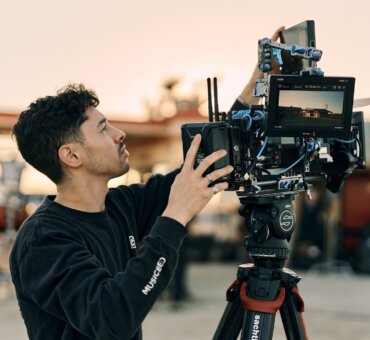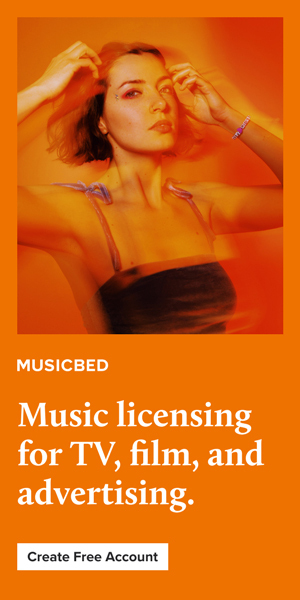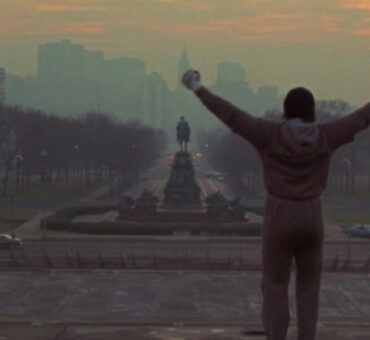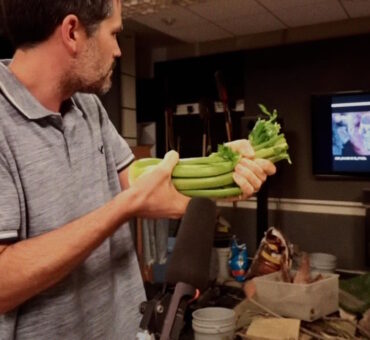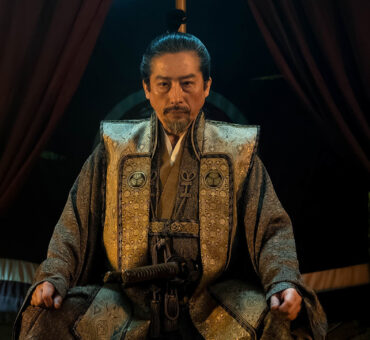There’s something undeniably magical about early 2000s music. For many of us, it’s more than just a playlist—it’s a time machine. Songs from that era don’t just bring memories to the present; they transport us to the past. They remind us of our first concerts, the burned CDs we traded with friends, and the soundtracks to the moments that shaped our formative years.
And in the world of commercial filmmaking, that nostalgia is pure gold.
A recent poll found that 6 in 10 people are more likely to engage with an ad that feels nostalgic. But it’s not just about capturing attention—it’s about building trust. Three in four people say nostalgia makes them more likely to connect with a brand. This emotional power is why brands are increasingly turning to early 2000s music to create memorable, impactful campaigns.
RELATED READS: 9 Ads Where Music Made the Difference
Why Early 2000s Music Resonates
The early 2000s were a unique cultural moment. It was a time of transition: the internet was becoming mainstream, flip phones were cutting-edge, and music was a mix of pop-punk, hip-hop, and indie rock. Artists like OutKast, Avril Lavigne, and The Strokes defined the sound of the era, and their music became the backdrop to countless memories.
Today, that music carries a potent emotional charge. It’s not just about recognition; it’s about creating an instant emotional bridge that makes an ad feel familiar before a word is even spoken.
This isn’t just a creative trend—it’s rooted in science. Music has a unique ability to trigger emotion without the audience even realizing it. The connection between music and memory is wired deep in the brain.
When we hear a song from our past, it activates what’s called implicit memory—a type of long-term memory where a song, feeling, and moment are stored together.
In advertising, this is exactly what brands want: a lasting association that sticks. By pairing their message with a nostalgic track, brands can tap into those stored emotions, creating a powerful and immediate connection with their audience.
Brands Leading the Nostalgia Wave
Brands are already leveraging this trend to great effect. Here are five standout examples of how early 2000s music has been used in advertising to create memorable, emotionally resonant campaigns:
Taco Bell: “Flagpole Sitta” by Harvey Danger
Taco Bell recently brought back a beloved menu item and announced it with a campaign set to Harvey Danger’s 1997 hit “Flagpole Sitta.” While the song technically predates the early 2000s, its resurgence during that era—thanks to its inclusion in films like 10 Things I Hate About You and TV shows like Community—solidified its status as a nostalgic anthem for millennials.
The song’s infectious energy, with its driving guitar riffs and cheeky lyrics, became a defining sound of the late ‘90s and early 2000s, making it a perfect choice for Taco Bell’s campaign. The ad’s playful, irreverent tone mirrored the song’s vibe, creating a seamless blend of nostalgia and modern marketing that felt both fresh and familiar.
The campaign’s genius lies in its ability to tap into the collective memory of its target audience. For millennials, “Flagpole Sitta” isn’t just a song—it’s a time capsule. It evokes memories of high school dances, late-night drives with friends, and the thrill of discovering new music.
By pairing the song with the return of a fan-favorite menu item, Taco Bell didn’t just announce a product—it created an emotional experience. The ad’s visuals, featuring vibrant, fast-paced shots of people enjoying Taco Bell’s food, matched the song’s upbeat tempo, creating a sense of excitement and joy.
Airbnb: “Teenage Dirtbag” by Wheatus
Airbnb’s choice of Wheatus’s “Teenage Dirtbag” is a brilliant nod to the early 2000s, a time when many of today’s parents were teenagers themselves. By incorporating the song, Airbnb taps into the emotional connection many millennials have with the punk rock anthem’s chorus, evoking memories of their own youthful adventures and carefree days.
For millennials, “Teenage Dirtbag” is more than just a song—it’s a cultural touchstone that transports them back to a time of mixtapes, skateboards, and carefree summers. Airbnb leverages this emotional resonance to position itself as a brand that celebrates individuality and the joy of discovery, whether you’re a kid exploring a new space or an adult reliving the magic of youth.
RELATED READS: How Sun Records Saved a Lost Collection of Legendary Music
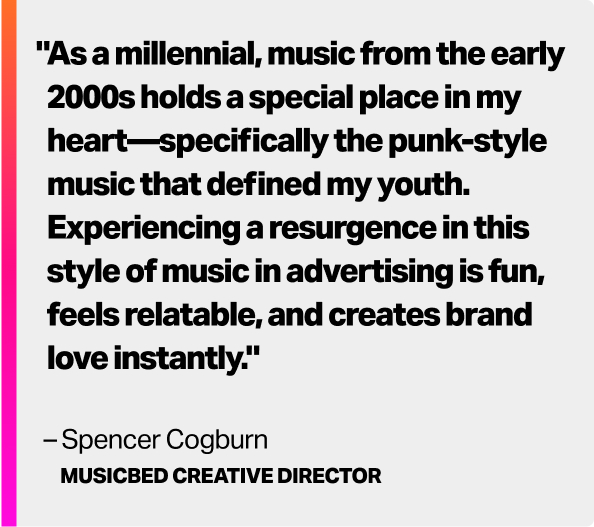
What makes the use of “Teenage Dirtbag” so interesting is its duration and placement. The entire 30-second spot only uses 10 seconds’ worth of the song, making the intended emotional response available only to the most patient of viewers.
This subtle approach could be seen as an over-reliance on the rock anthem’s nostalgia, assuming that even a brief snippet is enough to trigger a flood of memories.
Alternatively, it might reflect a deeper storytelling strategy—one that rewards repeat viewings. On first watch, the ad feels whimsical and fun. But upon revisiting it, the song’s fleeting presence becomes a metaphor for the fleeting nature of childhood itself.
It’s a clever, layered choice that invites viewers to reflect on the passage of time while celebrating the joy of living in the moment.
Nissan: “The Way You Move” by Outkast ft. Sleepy Brown
Nissan’s ad for the 2025 Kicks featured OutKast’s 2003 hit “The Way You Move,” a track that not only defined the early 2000s hip-hop scene but also became a cultural touchstone for an entire generation.
The song, with its infectious beat, smooth bassline, and Big Boi’s confident delivery, exudes a sense of swagger and cool that perfectly aligned with Nissan’s campaign.
The ad showcased drivers effortlessly navigating city streets, cruising along scenic highways, and enjoying the car’s sleek design and advanced features—all while “The Way You Move” played in the background. The synergy between the song’s rhythm and the visuals created a seamless, immersive experience that felt both dynamic and aspirational.
By choosing “The Way You Move,” Nissan tapped into more than just a catchy tune; they tapped into a moment in time. For many millennials, OutKast’s music—and this song in particular—represents the early 2000s era of innovation, creativity, and cultural fusion. The song’s blend of Southern hip-hop, funk, and R&B mirrors the Nissan Kicks’ own blend of style, performance, and technology.
RELATED READS: How Jesse Crowell Blends Motion, Sound, and Language to Share Powerful Stories
The ad didn’t just sell a car; it sold a lifestyle—one that’s confident, forward-thinking, and deeply rooted in early 2000s culture.
Coca-Cola: Cover of “It’s Gonna Be Me” by NSYNC
Coca-Cola’s choice of *NSYNC’s “It’s Gonna Be Me” is a masterstroke of nostalgia marketing. Just the 1st second alone sends millennials back 25 years to a care-free era defined by boy-band mania. It takes them back to days of fawning over band members, learning the band’s iconic dance moves, and exhausting the repeat button on their CD player/alarm clock stereos.
By incorporating the song, Coca-Cola not only appeals to the emotional connection many have with the song but also aligns the ad with the current resurgence of Y2K nostalgia. The song’s slightly edited lyrics tie cleverly into the ad’s storyline, as the bottles compete to be the one chosen by the customer.
This seamless integration of music and narrative creates a memorable and relatable experience, reminding viewers of Coca-Cola’s enduring presence in their lives while introducing its zero-sugar option in a fun and approachable way.
Why Nostalgia Works
Nostalgia is more than just a marketing tactic; it’s a powerful emotional tool. It reminds us of simpler times, of moments when life felt full of possibility.
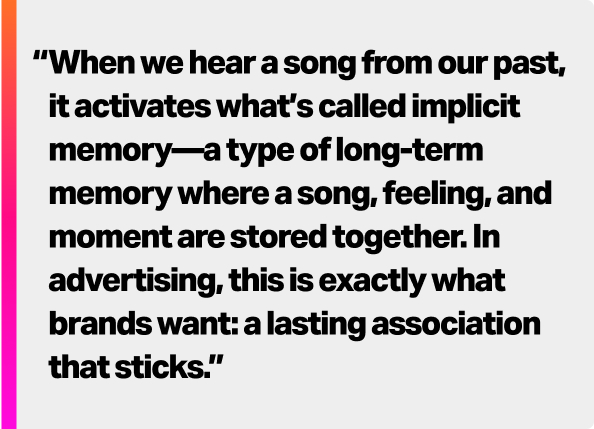
For millennials, the early 2000s represent a time of discovery and self-expression, making the music of that era especially potent.
By tapping into these feelings, brands can create campaigns that resonate on a deeper level, building trust and loyalty with their audience.
In a world where consumers are constantly bombarded with ads, nostalgia offers a way to cut through the noise. It’s not just about capturing attention—it’s about creating a connection. And as the resurgence of early 2000s music in advertising shows, that connection is stronger than ever.
So, the next time you hear a familiar riff or lyric in a commercial, take a moment to appreciate the power of nostalgia. It’s not just a song—it’s a story, a memory, and a bridge to the past. And for brands, that’s pure gold.
RELATED READS: Barry Jenkins: Using Music To Create Emotion and Empathy for Characters
License Music That Sparks Nostalgia
Spark instant nostalgia and transport your audience back to the early aughts with a curated playlist of Musicbed’s best Y2K-inspired music.

